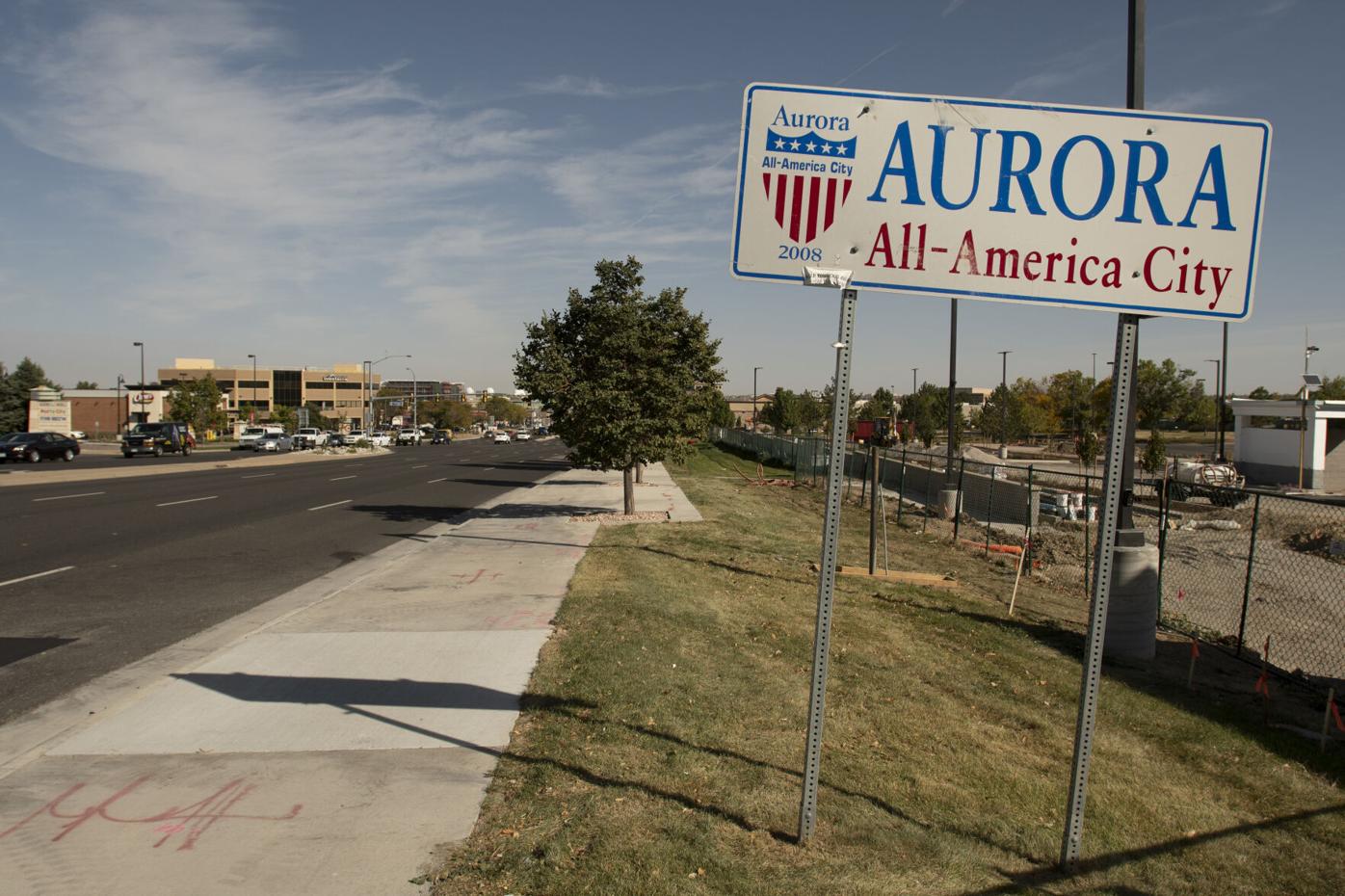Aurora moves forward with Colfax revitalization project
Aurora lawmakers voted to move forward with an effort to create a Downtown Development Authority to revitalize the Colfax Avenue corridor, a decision that will now need to go to voters in November.
Councilmembers unanimously approved taking the question to voters, who would need to approve the creation of the Aurora Downtown Development Authority, according to officials. The authority, as envisioned, seeks to revitalize the corridor. Monday’s ordinance is the first step in that process, proponents said.
In April, councilmembers approved the next phase of the project to revitalize the Colfax Avenue corridor. The project began in April 2024, when Aurora’s Urban Renewal Authority board voted to approve an evaluation on how to improve downtown Aurora, with a focus on the areas between Colfax Avenue and Yosemite Street and 17th and 13th streets.
After studying the needs of northwest Aurora, Brad Segal, president of consulting company Progressive Urban Management Associates, recommended the city move forward with creating a downtown development authority and a community development corporation for the area.
A downtown development authority is a body governed by state statute that includes commercial and residential properties and is led by a council-appointed board, according to Segal. Funding for a DDA comes from tax increment financing, which uses future property and sales tax increases to pay for new infrastructure, he said.
A community development corporation is a nonprofit organization created to support and revitalize an area.
The combination of a downtown development authority and a community development corporation would allow for philanthropic support, while using the DDA as a “primary driver,” Segal said.
The CDC would help diversify funding options and be able to operate beyond the boundaries of the DDA.
Through PUMA’s community feedback process, they came up with six goal areas, including public safety, business support, advancing the arts, housing and neighborhood stability, cleaning and maintenance, and public space improvements, Naomi Lacewell with PUMA told councilmembers Monday.
Among their key ideas for improving the corridor are activating vacant storefronts, highlighting small businesses with marking campaigns, adding new housing and improving existing housing, planting and maintaining trees and other landscaping, providing affordable artist housing and improving alleys, signage and outdoor amenities.
Two things will go to voters in November, one being whether electors want a DDA formed and the second being whether voters want to allow tax increment financing to create that DDA.
Qualified electors are people who are registered to vote in Colorado who own or lease property or live within the district boundaries of the DDA. Entities such as businesses would need to submit a form designating a registered voter to vote on their behalf. This would include about 1,500 registered voters, about 300 lessees, and 690 properties, according to Segal.
The DDA would also need a governing board, which would include five to 11 members who are business or property owners and residents. One member of the board has to be a city councilmember.





